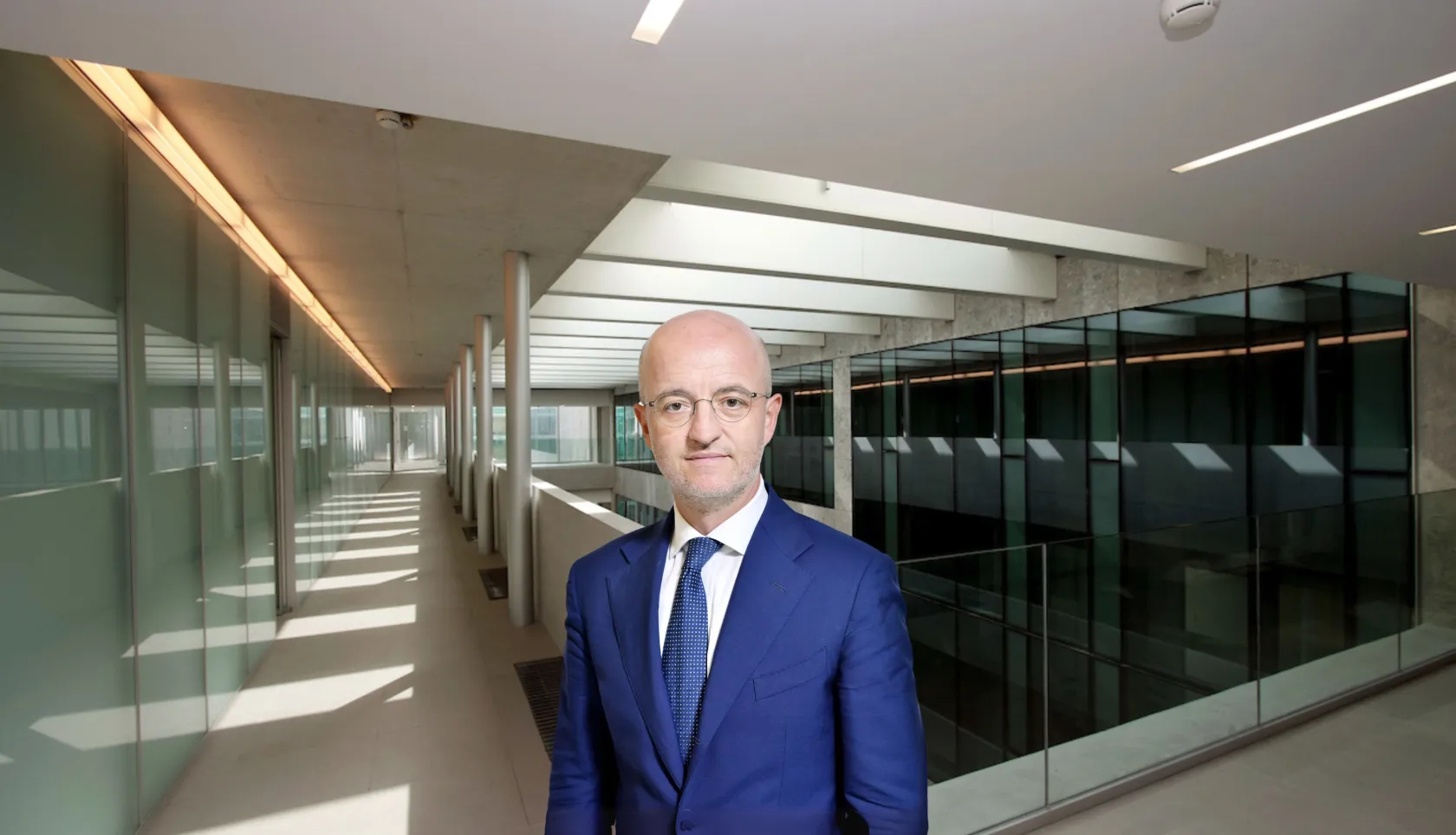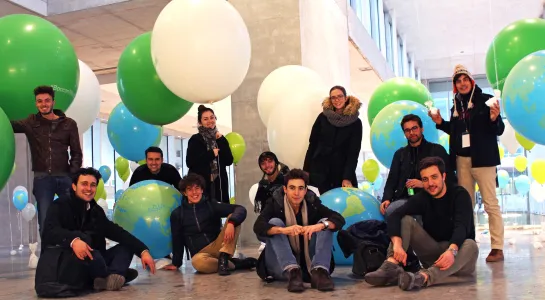
New York 1985: When exchange was an adventure
Getting on a plane and flying to the other side of the world, even to go study, is now quite simple. In fact, among the many opportunities that universities offer is also the network of contacts and collaborations with other international universities, where students can spend a period of their academic career. Many students actually look out for these opportunities during the critical phase that precedes choosing a university to attend. In the mid-1980s, however, this was not the case. Spending a few months in another university – especially across the ocean – was a very rare occurrence intended for a few, even in modern universities like Bocconi. "I remember that it was 1985 and there were five of us who were selected to go to New York University," says Ferdinando Pennarola, Associate Professor in the Department of Management and Technology at Bocconi University, "and, in addition to me, there were also Paola Dubini and Annamaria Lusardi, who then went on to pursue academic careers." Small numbers for a grand adventure because back then, as Pennarola recalls, "just getting on a plane was uncommon compared to today”. Pennarola and fellow adventurers attended classes at New York University “in two buildings 30 meters from the Twin Towers, while our residences were located in the International House on the opposite side of the city”. This was before Leonard Stern's generous donation that resulted in the renaming of the school and a new building on the main campus. It was in New York that Pennarola's professional future began to take shape. "During the management information system course with Professor Laudon, I had first come into contact with Lotus – which was highly innovative at the time since the boom broke out in '88-'89 – and I later found myself teaching at Bocconi." This allowed Pennarola and his colleagues to acquire a skill that was important at the time, stating that "it was basically like having an extra gear", proving to be very helpful during his search for an internship. This period was also fruitful in other respects, such as the possibility "of visiting well-stocked libraries, which housed texts that took a long time before arriving in Europe. It was very different than it is now, where everything happens in real time”. It was a period full of wonderful things, but also of some stories that – although they make him smile now – back then they were not so amusing. "Some classes were held in the evenings, so we would return to the International House very late, after passing through Harlem,” Pennarola recalls, “this was not the cool Harlem of today, but a very dangerous area. At the entrance to the International House, the guard on duty had a chart on which he would mark the names of people who had been robbed and who he would help report to the police the next day; and we were careful not to tell our parents."
